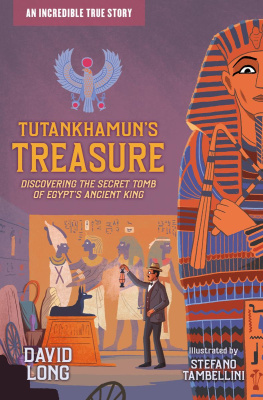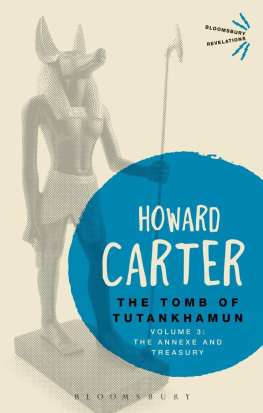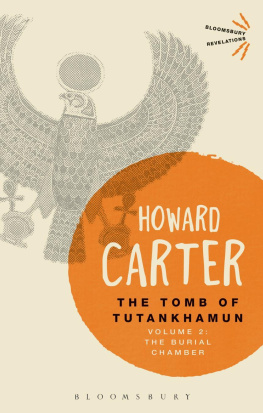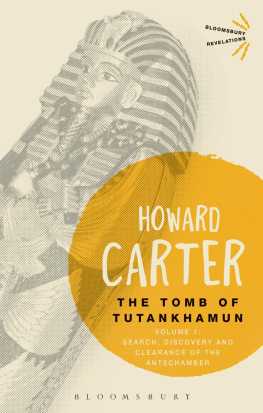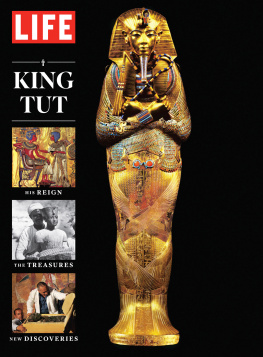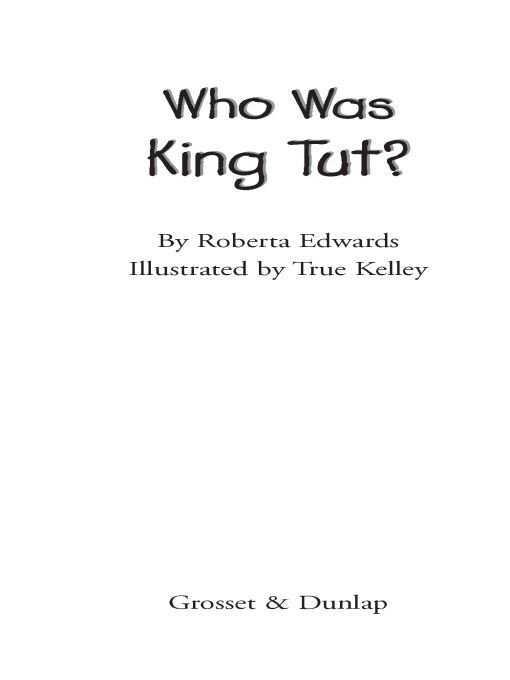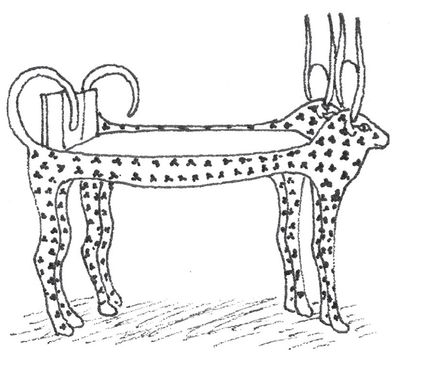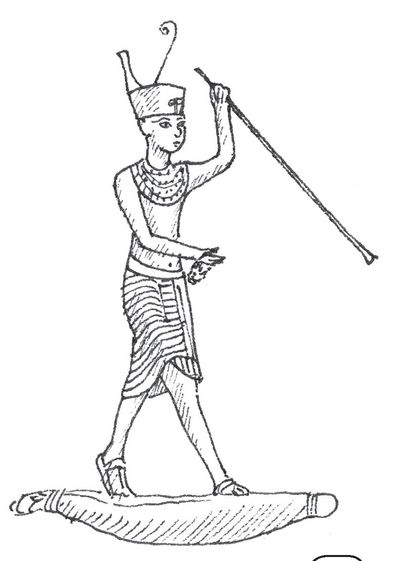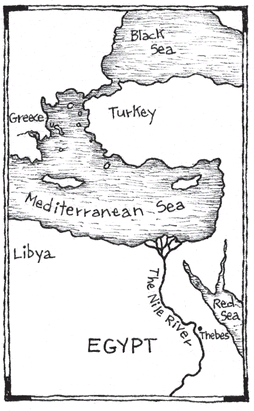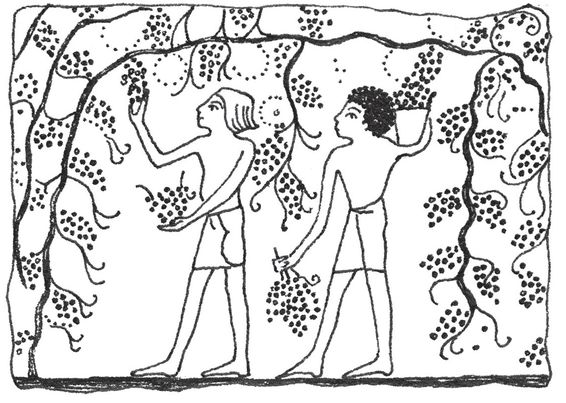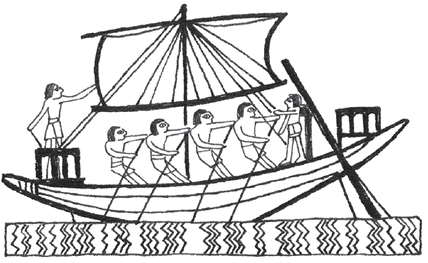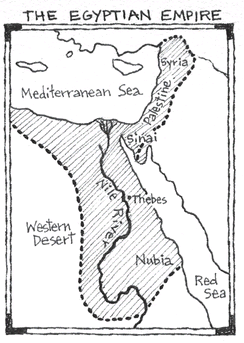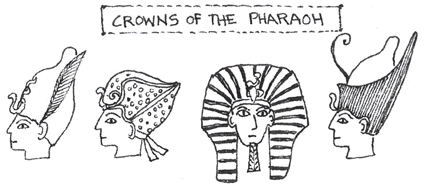Table of Contents
For Judy DonnellyR.E.
For Charlotte and Eloise LindblomT.K.
Who Was King Tut?
In June of 2005, pharaoh fever struck California. In just one month, half a million people streamed into the Los Angeles County Museum of Art. They wanted to see the dazzling jewelry and household items that once belonged to a king of Egypt.
For hours they waited in line to see beautiful furniture and lamps, musical instruments, and board games. So many people came, the museum had to stay open until eleven oclock at night.
There was a small chair the king used as a child. There was a chariot that he used to ride. There was a couch in the shape of two spotted cows. The nesting coffins that once held his body were also on displayone was all gold. There were about one hundred and twenty-five objects, including fans and vases and folding chairs and clothes.
Although many things looked brand-new, they werent. They were more than three thousand years old. For all that time, everything lay hidden under the sands of Egypt in a secret tomb.
Early in the twentieth century, a man named Howard Carter spent years searching for the tomb. He knew the kings name: Tutankhamun. And he thought he knew where the king was buried. Finally, in 1922, just when he was about to give up, he found it.
The discovery made headlines all over the world. Before this, nobody had ever heard of King Tutankhamun. Suddenly, everyone knew his name. People began calling him King Tut for short.
Today, King Tut is probably the most famous of all the pharaohs. Yet he was not an important or powerful ruler. He was pharaoh for only about nine years. We know he got married. However, we do not even know whether he had children.
Tut died very youngwhen he was eighteen or nineteen years old. And the reason he died remains a mystery. Some historians think he may have been murdered.
It is strange to think that he became famous because of what was buried with him. But all the beautiful things in his tomb are important. They tell us about what life was like in ancient Egypt. And together they form a picture of who King Tut was.
Chapter 1
Gifts of the Nile
When Tut was born, around 1343 B.C., Egypt was already a very old country. Almost two thousand years old, in fact.
The Egyptian empire lay on the coast of Northern Africa, facing the Mediterranean Sea. It was a land of desert and bare hills, where the sun beat down all year long. There were few trees. And rain hardly ever came.
But the Nile River, which runs north and south, split the country in two. The Nile is the longest river in the worlda little more than four thousand miles long. It was the heart of ancient Egypt.
All along the riverbanks was rich farmland. Peasant farmers tilled their fields with plows pulled by oxen. They sprinkled seeds in the soil to grow wheat and vegetables. They raised pigs and goats and sheep. They planted fruit trees and grew grapes. The river also gave the people fish to eat and ducks to hunt. Because of yearly flooding, there were many weeks when farmers could not work. So the river also provided vacation time for everyone!
The Nile was the road that boats traveled, bringing goods from city to city. Clay from Nile mud was used to build houses. All the great cities like Thebes and Memphis grew up near the river. Ancient Memphis may have been the first city in the world to have a million people.
From rock quarries, heavy blocks of stone were brought on barges. They were used to build great temples and statues, some of which are still standing today.
The river was the lifeblood of the people. Without it there would have been no ancient Egypt. Just desert. But the desert was important, too. It protected Egypt. It was difficult for enemies to attack. They had to cross so many miles of sand in the blazing heat.
At one time the empire stretched from present-day Egypt south to what is now Ethiopia, east into the Sinai peninsula, and north to what is now Lebanon and Turkey.
From these other lands came ivory, furs, gold, cedar wood, and other riches. But even as the empire grew and grew, the Egyptian way of life stayed pretty much the same. The Egyptians did not take up the customs or arts of other people. Over thousands of years, what they believed in did not change a lot, either.
For instance, their ruler was the pharaoh. The word originally meant the great housewhere the king lived. As time went on, it came to mean the king himself. But the pharaoh was far more than a king. The pharaoh was also the highest priest and judge. He was considered a son of the gods. After his death, he became a god, too. His people worshipped him.
No one knows the exact day in 1343 B.C. when Tut was born. Who were his parents? Even that is not known for sure. His father was most probably Pharaoh Amenhotep IV. The pharaoh had many wives. Tuts mother may have been one of Amenhoteps less important wives.
By the time Tut was ten, he was already married. His wife was one of the pharaohs daughters. Her name was Ankhesenamun. By this time, Tuts father had died. Tut became king. He wore the tall crowns of the pharaoh. Like all pharaohs, he wore a false beard strapped to his chin. He carried a crook and a flail (it looked like a whip). They were symbols of his power. But did he have real power? No. He was still a child.
Chapter 2
An Unusual Father
Of all the pharaohs who ruled Egypt, Tuts father had to be among the strangest.
First of all, there was the way he looked. Amenhoteps head was oddly shaped. It was very long and narrow. And his hips were very large for a man. Was a rare disease the cause? Some historians think so.


